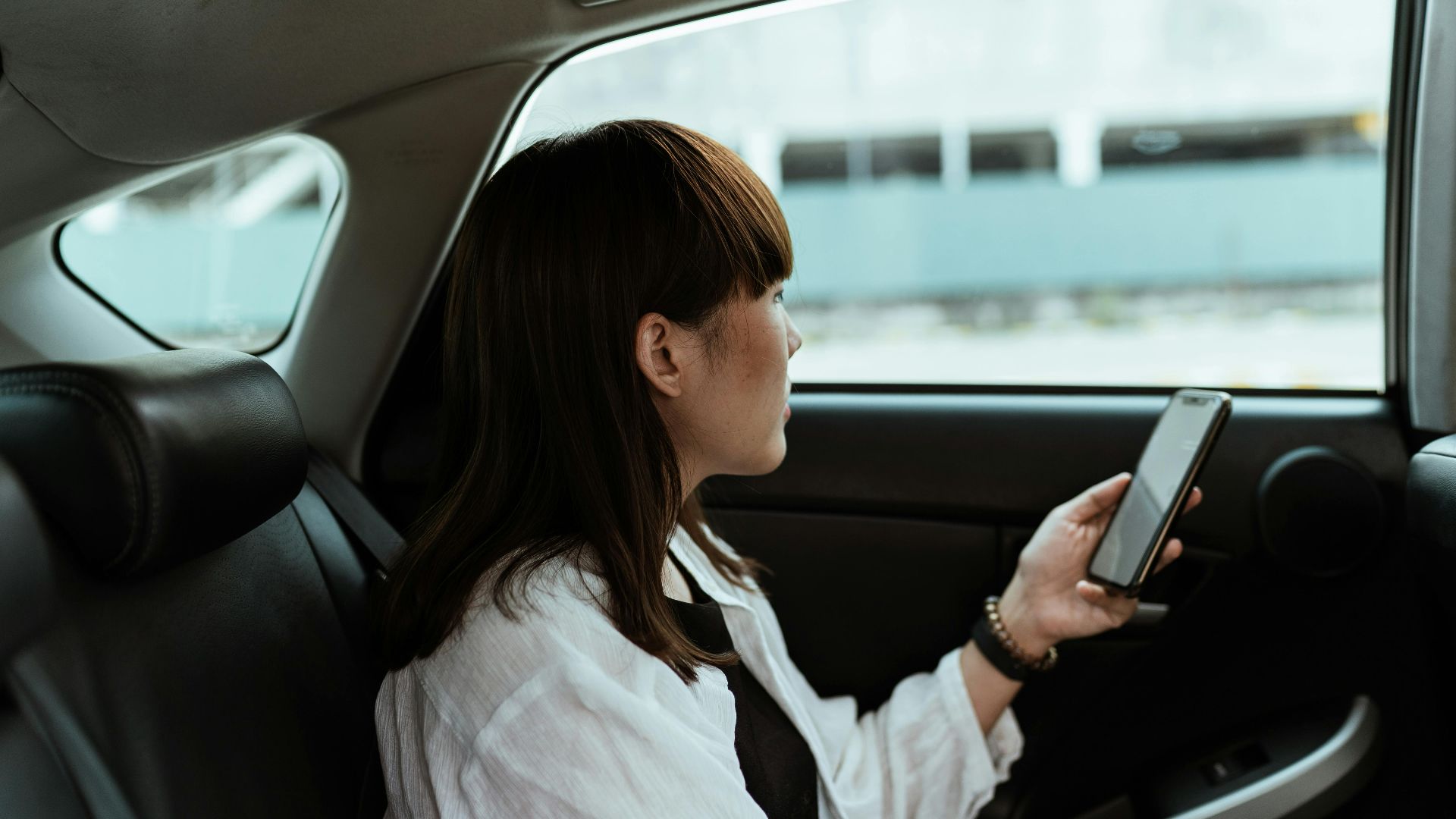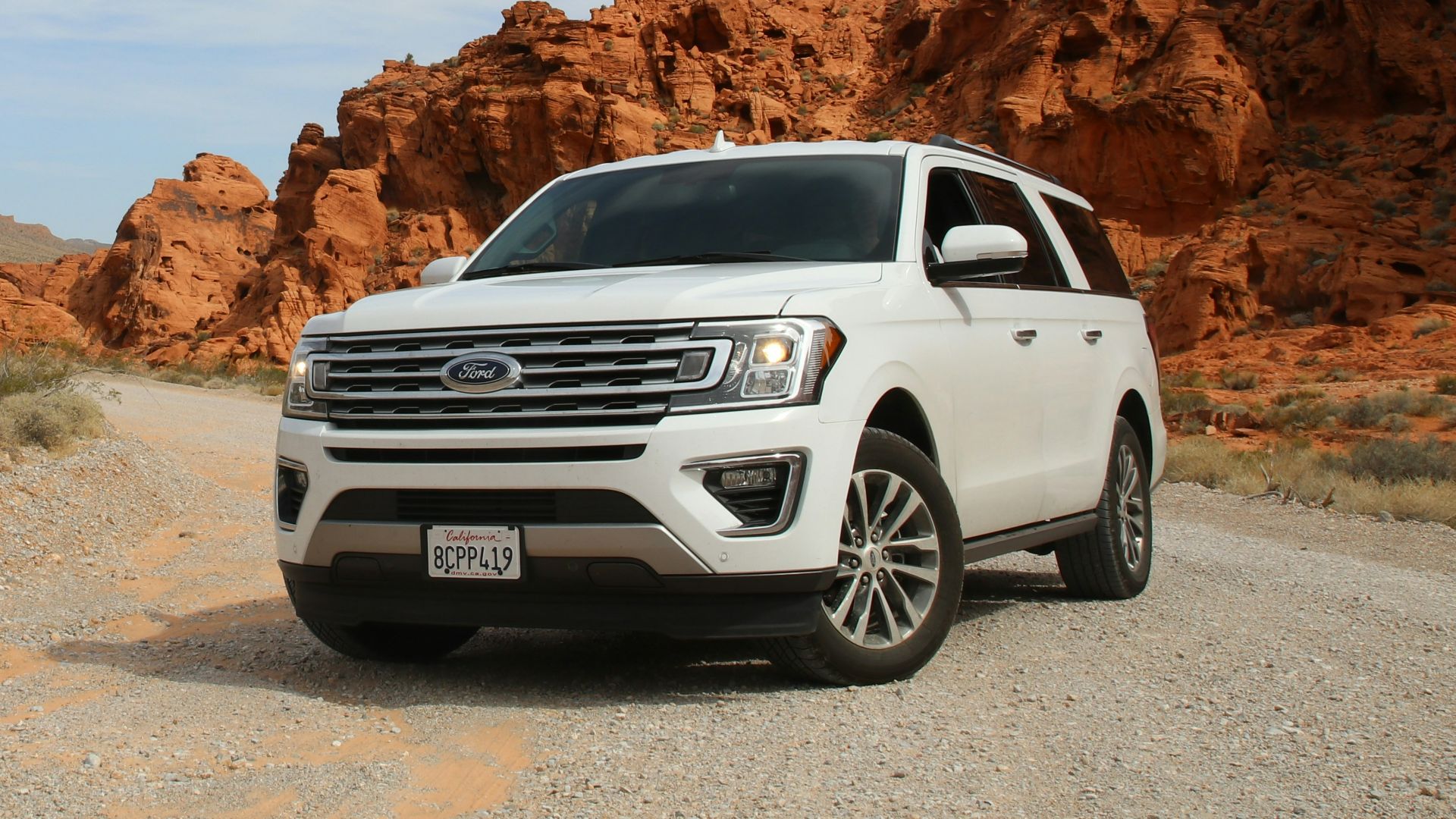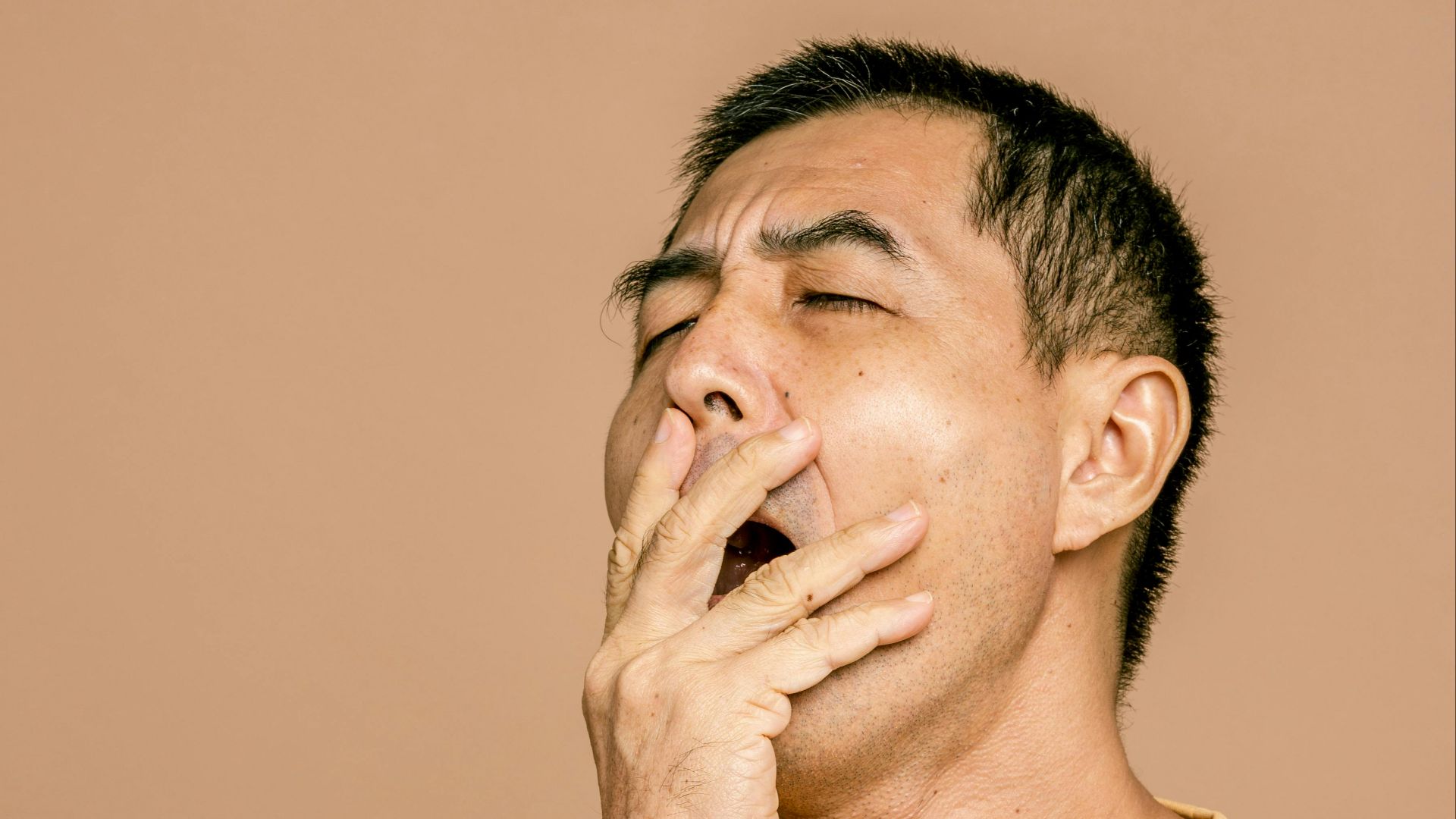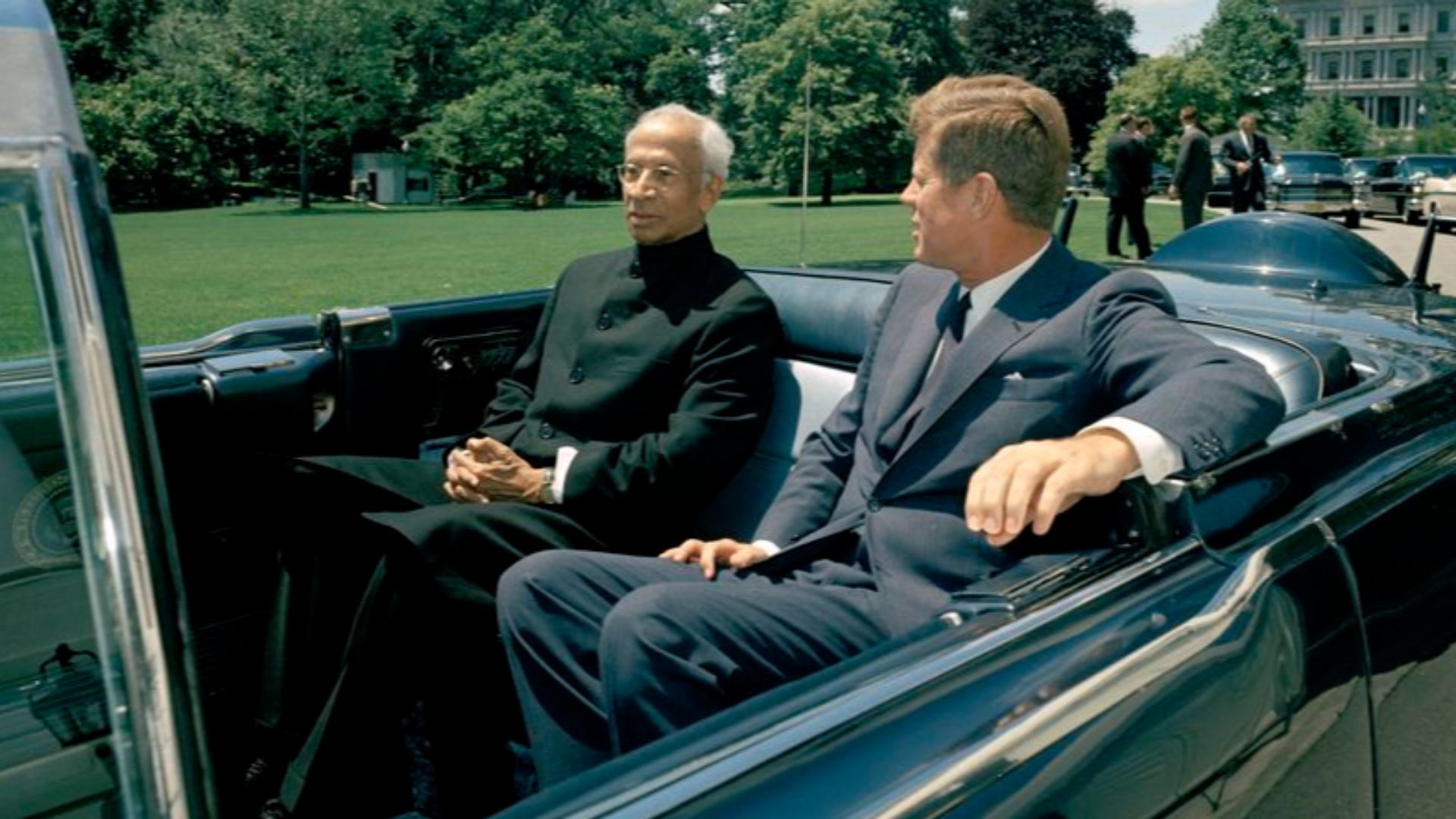Stop The Spins, Enjoy The Ride
Car sickness can turn even the shortest road trip into a miserable ride. One minute, you're enjoying the scenery, and the next, you're queasy, dizzy, and searching for a place to pull over. The good news? There’s a reason your stomach does backflips in the passenger seat—and even better, there are ways to stop it! So let's dive in and finally put a stop to your car sickness once and for all.
1. Sensory Confusion Between Eyes And Ears
Your eyes tell your brain one thing, but your inner ear says another—that’s the recipe for motion sickness. When a car moves, your body senses the motion, but if you're staring at a fixed point inside, like the dashboard, your eyes don’t register the movement, hence leading to motion sickness.
2. Sitting In The Back Seat
Sitting in the back seat can cause car sickness because it limits your ability to see the road ahead, making it harder for your brain to process movement smoothly. Without a clear view of turns, stops, and accelerations, your body still feels the motion, but you can’t anticipate it.
3. Reading Or Staring At Screens
Books and screens trap your gaze in a fixed position while your body moves. Moreover, people engrossed in screens are more likely to experience motion sickness. The effect is often worse on winding roads or in stop-and-go traffic, where the vehicle's unpredictable motion makes it even harder for your body to adjust.
4. Lack Of Fresh Air
Lack of fresh air can contribute to motion sickness by allowing heat, humidity, and stale air to build up inside a vehicle, making nausea and dizziness worse. Poor ventilation can also intensify the feeling of discomfort and irritate the nasal passages.
5. Frequent Stops And Sudden Turns
Rapid acceleration, abrupt braking, and sharp turns create motions that can disrupt your sense of balance. This effect is especially strong in stop-and-go traffic or on winding roads, where constant shifts in speed and direction can make motion sickness more intense.
6. Anticipation And Anxiety
Worrying about getting sick can trigger nausea even before symptoms start, as stress hormones affect digestion and balance. The more a person worries about feeling sick, the more likely they are to experience symptoms, making it even tougher to break the cycle of motion sickness.
7. Genetic Predisposition
Genetic predisposition plays a significant role in motion sickness, as some people are naturally more sensitive to movement due to inherited traits. Hence, if family members frequently experience nausea or dizziness while traveling, there's a higher chance of developing similar symptoms.
8. Fatigue And Lack Of Sleep
When you're tired, your brain processes sensory signals less efficiently, which makes it harder to stabilize your sense of balance. Exhaustion also reduces your ability to handle stress, which can increase feelings of discomfort and trigger motion sickness symptoms.
9. Dehydration Or An Empty Stomach
Dehydration or an empty stomach can make motion sickness worse. Without enough fluids, dizziness and lightheadedness can intensify, while an empty stomach can cause a drop in blood sugar, leading to increased queasiness. At the same time, eating too much before travel can also cause discomfort.
10. Pre-Existing Inner Ear Problems
Conditions affecting the inner ear, such as vertigo, ear infections, or vestibular disorders, can make people more prone to motion sickness. The inner part of the ear plays a very important role in balance, and disruption in its function can result in increased sensitivity to movement.
Now, let’s look at ten ways to fight back so you can actually enjoy the journey.
1. Pick The Right Seat
Motion sickness can feel different depending on where you sit in the car. Sitting in the front passenger seat reduces symptoms because it offers a clearer view of the road ahead. If possible, driving can also help since controlling movement helps align your body’s expectations with the car’s motion.
2. Fix Your Gaze On The Horizon
Pilots and sailors swear by this trick. Locking your focus on a stable point in the distance helps your brain sync visual and motion cues, reducing nausea. If you’re feeling queasy, avoid looking at fast-moving scenery and keep your eyes on a fixed, distant object.
3. Avoid Strong Odors
Strong odors can worsen motion sickness by overwhelming the senses and intensifying nausea, especially in a car. Scents like gasoline, air fresheners, or strong food smells can irritate the nasal passages and disrupt the brain’s balance perception. Hence, try to avoid strong perfumes or bold-smelling food items.
4. Take Breaks On Long Trips
Breaking up long drives with short stops helps prevent motion sickness. Walking around, stretching, and getting fresh air allows your body to reset. Frequent breaks can also help reduce dizziness, making the journey much more comfortable for those prone to nausea.
5. Lie Down If Possible
Lying down can help reduce motion sickness by stabilizing the body's sense of balance and minimizing conflicting signals between the ear and eyes. When you lie flat, your body perceives less movement. So, if possible, recline your seat or lie down in a safe position to help your brain sync with your body's motion.
6. Use Motion Sickness Medications
Over-the-counter drugs like Dramamine or scopolamine patches work by blocking nausea-triggering signals in your brain. They’re best taken 30 minutes before travel. For natural alternatives, supplements or acupressure wristbands can help manage symptoms.
7. Try Relaxation Techniques
Tension makes everything worse. Progressive muscle relaxation and controlled breathing ease nausea by calming the nervous system. A simple trick? Inhale slowly, hold for a moment, then exhale deeply. Staying relaxed and distracted during travel can significantly improve how you feel on the road.
8. Limit Head Movements
Keeping your head still can make a big difference. Excessive head motion increases motion sickness by disrupting your equilibrium. Resting your head against a seat or using a neck pillow helps maintain stability, making you feel more grounded and less prone to dizziness.
9. Chew Gum Or Eat Ginger Candy
There’s something about chewing that helps. The repetitive motion of chewing gum stabilizes the inner ear, reducing nausea. Ginger, meanwhile, contains compounds that naturally soothe the stomach. A small piece of ginger candy or gum can make a long journey much more comfortable.
10. Distract Yourself
The more you think about nausea, the worse it gets. Engaging in conversation, listening to your favorite music, or playing a simple verbal game shifts focus away from sickness. Keeping your mind occupied with enjoyable activities makes travel smoother and helps you forget about feeling queasy.




























